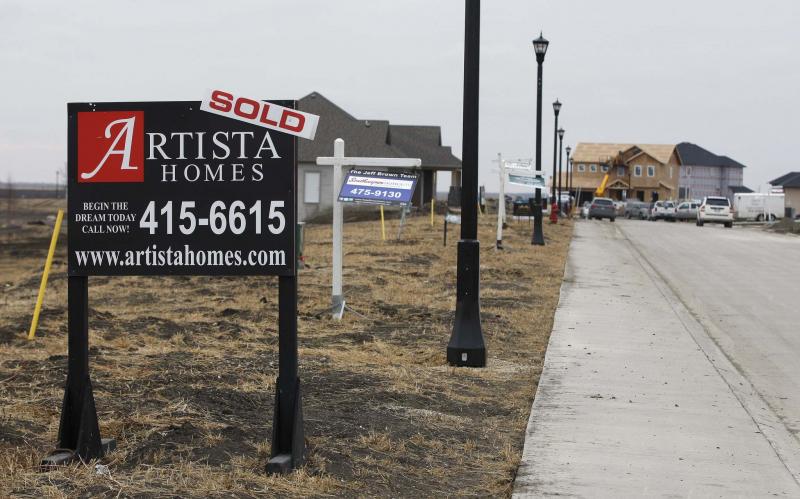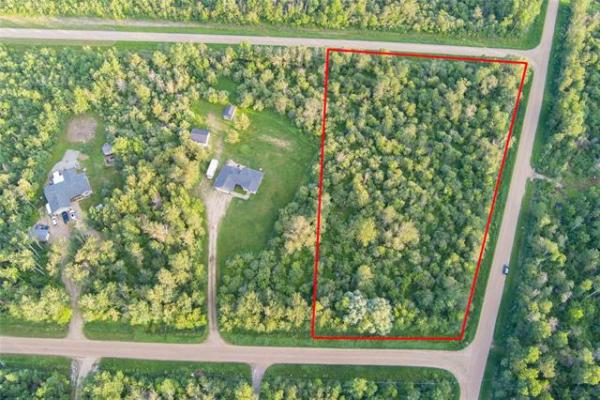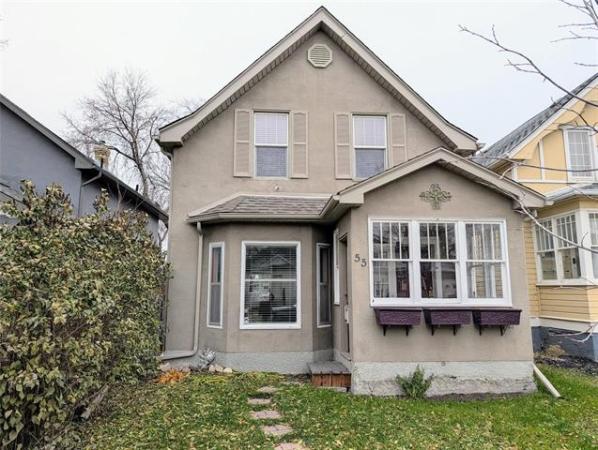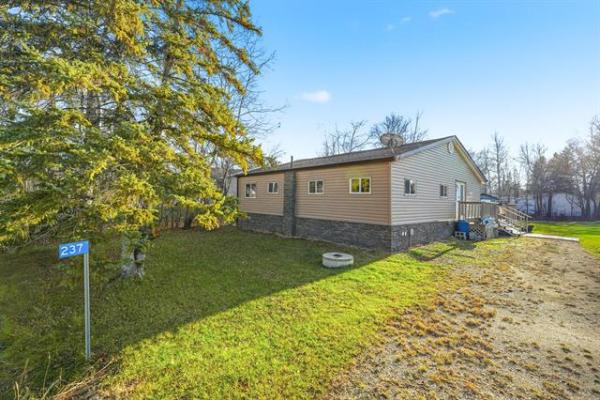Through the first three quarters of the calendar year, it appears as though new home-start numbers in Canada are running slightly ahead of last year. Preliminary forecasts for 2017 appear even brighter.
However, one has to look at where these starts are coming from in order to adequately assess whether this is a truly national increase or just various regional improvements.
For instance, have Calgary and Edmonton finished bottoming out? Are oil prices coming back? The sense is that they won’t get worse and both cities are prepared to move forward. Neither city will be anywhere near where they were five years ago, just better than last year.
Starts in Regina and Saskatoon were relatively flat this year and are expected to be the same next year. Again, both cities appear to have finished their downturn of a couple of years ago. However, neither appears ready to increase start numbers this year or next.
I must interject that when these two cities fully recover, both will be in a position for planned growth. The recent highway infrastructure construction is amazing to watch. The cities, province and industry have met and planned out the next 20 years or so and the bypasses, roundabouts, overpasses, entrances and exits for both the cities and the capital regions around these two cities show tremendous insight. Some may appear to be roads to nowhere right now, but there is definitely room to grow and the plans are complete.
Ontario is a bit of a mixed bag. Toronto’s market continues to be red hot; however, the rest of the province is not as strong. This is expected to change a bit next year, as employment growth throughout Ontario is expected to improve.
Vancouver’s new home starts cooled somewhat with the introduction of the foreign-buyer tax but were still among the nations’ leading markets. The rest of the province has been somewhat static for a few years. The recent drywall import tax had its’greatest impact in British Columbia.
Quebec, and particularly Montreal, were a bit sluggish this year, with expectations of an increase in 2017.
The Atlantic provinces, except for Newfoundland and Labrador, continue to show improvement in 2016 and for 2017.
One of the primary factors for this expected growth is the federal government’s commitment to increase immigration. This will fuel the demand for more housing. On the other hand, their recent changes to the mortgage rules and introduction of a stress test for mortgages is expected to hurt sales and starts.
Although the national outlook appears to be trending upwards, it will be what happens on the local level in our cities that determines whether the new-home industry succeeds or fails.
Mike Moore is president of the Manitoba Home Builders’ Association




